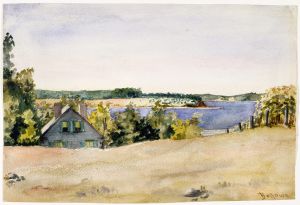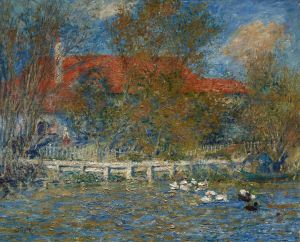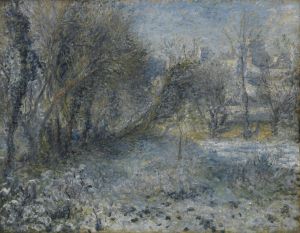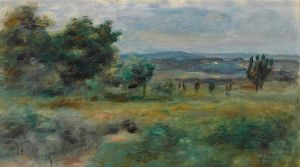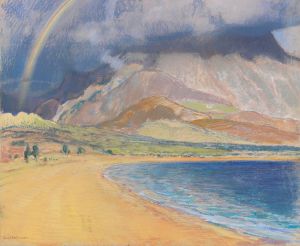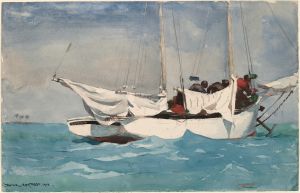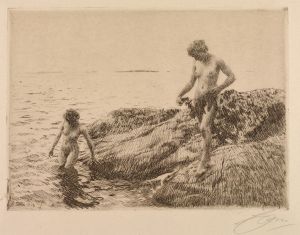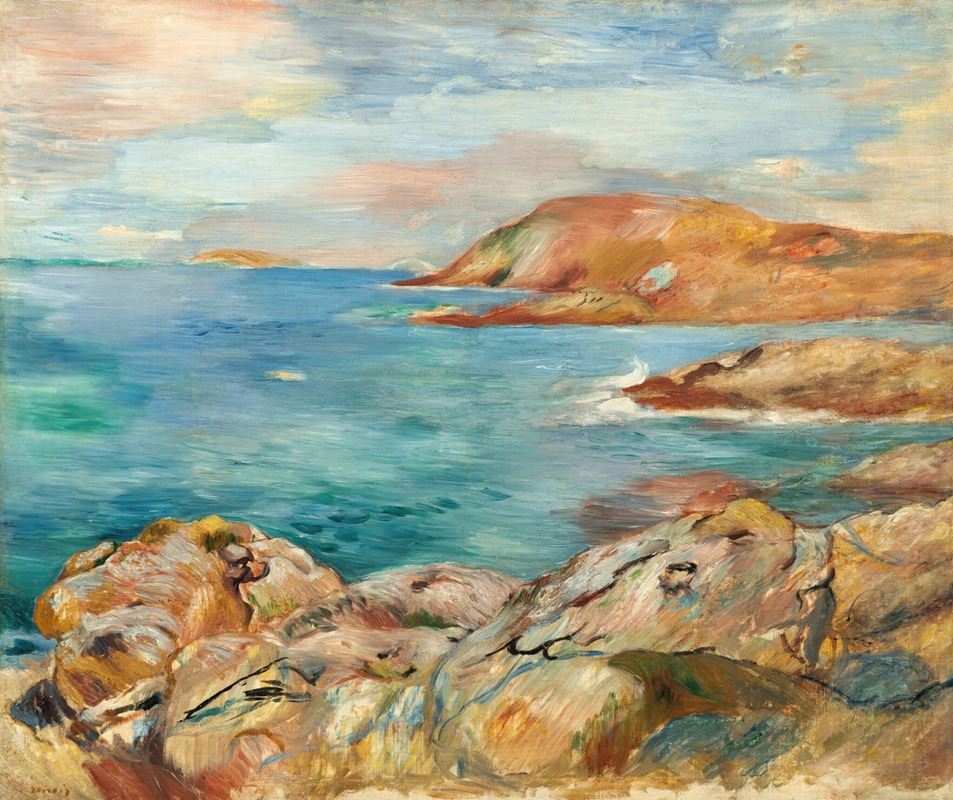
Paysage de bord de mer
A hand-painted replica of Pierre-Auguste Renoir’s masterpiece Paysage de bord de mer, meticulously crafted by professional artists to capture the true essence of the original. Each piece is created with museum-quality canvas and rare mineral pigments, carefully painted by experienced artists with delicate brushstrokes and rich, layered colors to perfectly recreate the texture of the original artwork. Unlike machine-printed reproductions, this hand-painted version brings the painting to life, infused with the artist’s emotions and skill in every stroke. Whether for personal collection or home decoration, it instantly elevates the artistic atmosphere of any space.
"Paysage de bord de mer" is a painting by the renowned French artist Pierre-Auguste Renoir, a leading figure in the Impressionist movement. Renoir, born on February 25, 1841, in Limoges, France, is celebrated for his vibrant light and saturated color, often focusing on people in intimate and candid compositions. His works are known for their beauty, lightness, and the depiction of leisure activities.
The painting "Paysage de bord de mer," which translates to "Seaside Landscape," is an exemplary piece showcasing Renoir's skill in capturing the essence of a scene with his characteristic loose brushwork and vivid palette. Although specific details about the painting's creation, such as the exact year it was painted, are not widely documented, it is consistent with Renoir's style and thematic interests during the late 19th century.
Renoir's fascination with landscapes and his ability to convey the atmosphere of a scene are evident in this work. The painting likely depicts a coastal scene, a subject that Renoir explored frequently, inspired by his travels and the natural beauty of the French countryside and coastline. His landscapes often reflect a sense of tranquility and harmony, achieved through his masterful use of color and light.
In "Paysage de bord de mer," Renoir employs a soft, diffused light that bathes the scene, creating a serene and inviting atmosphere. The composition typically includes elements such as the sea, sky, and possibly figures or boats, though the exact details of this painting are not extensively recorded. Renoir's technique often involved applying paint in small, quick strokes, which allowed him to capture the fleeting effects of light and movement, a hallmark of Impressionism.
Renoir's work during this period was part of a broader movement that sought to break away from the rigid structures of academic painting. Impressionists like Renoir aimed to capture the momentary effects of light and color, often painting en plein air, or outdoors, to better observe and depict the natural world. This approach is evident in "Paysage de bord de mer," where the immediacy and freshness of the scene are palpable.
The painting reflects Renoir's ability to blend observation with a sense of spontaneity, creating works that are both realistic and imbued with a dreamlike quality. His landscapes, including "Paysage de bord de mer," are celebrated for their ability to evoke emotion and transport the viewer to the scene depicted.
Renoir's contribution to art extends beyond his technical skills; he was instrumental in the development of Impressionism and influenced countless artists who followed. His works continue to be studied and admired for their innovative approach to color, light, and composition.
While specific exhibitions or collections housing "Paysage de bord de mer" are not detailed in available records, Renoir's paintings are held in major museums and private collections worldwide, reflecting his enduring legacy and the universal appeal of his art.





